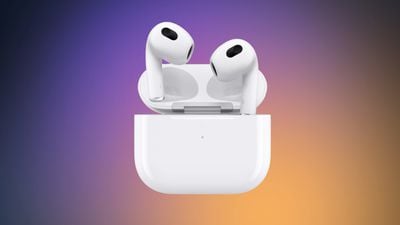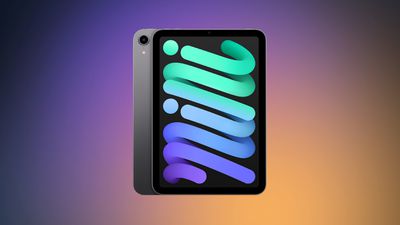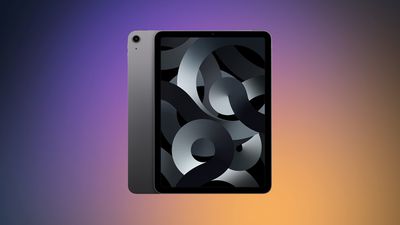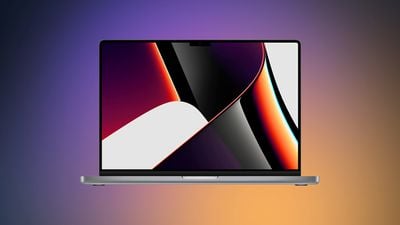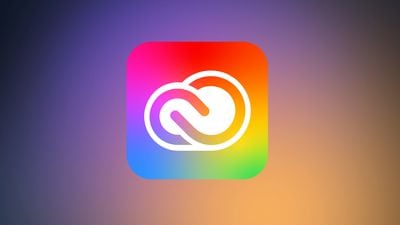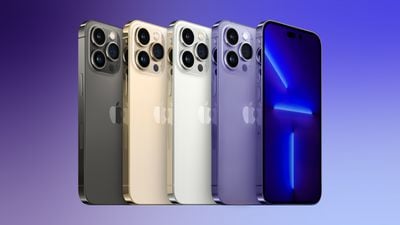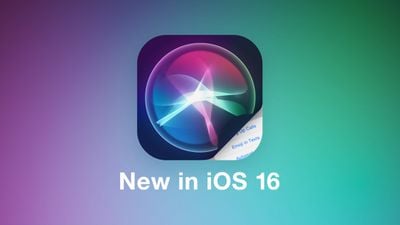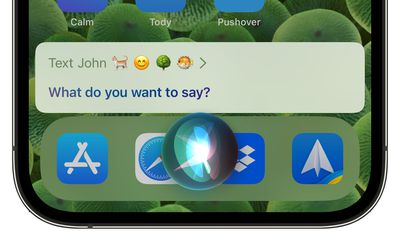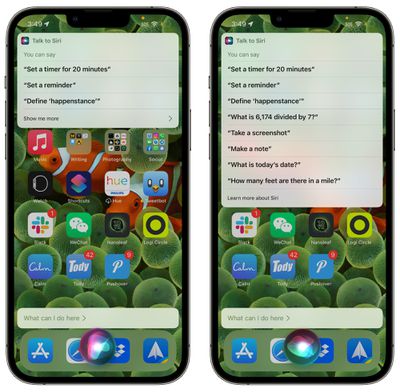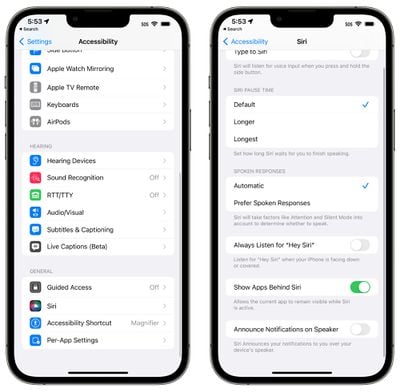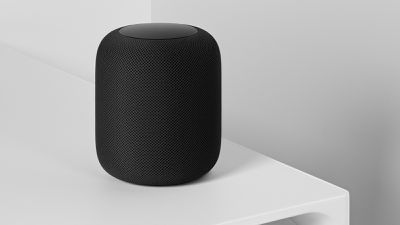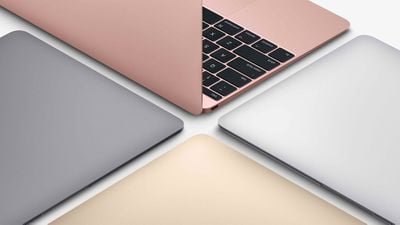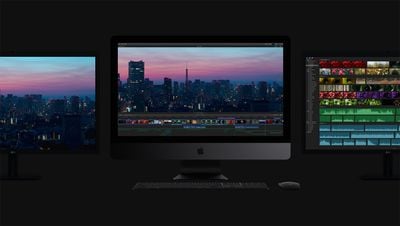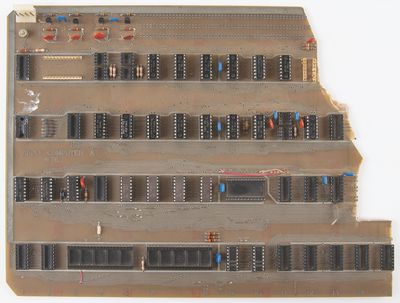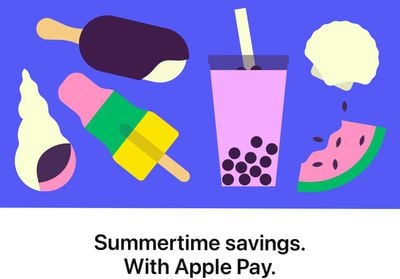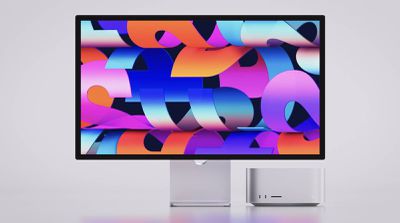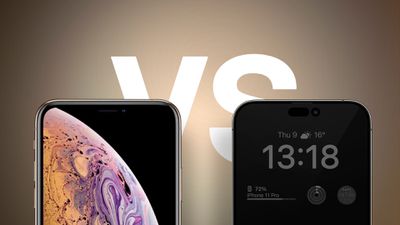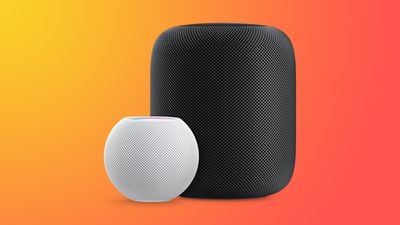Earlier this week, Apple agreed to a proposed $50 million settlement in a class action lawsuit alleging that the butterfly keyboard used in certain MacBook, MacBook Air, and MacBook Pro models is defective, which can result in usability issues.
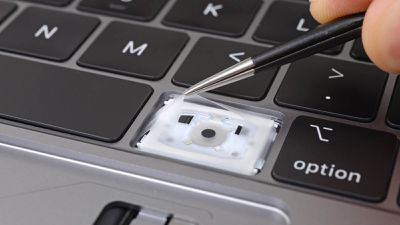
The settlement still needs to receive final court approval. In the meantime, here is everything to know about the agreement as currently proposed.
Eligible Customers
The proposed settlement applies to any U.S. resident who meets all three criteria:
- Purchased any MacBook, MacBook Air, or MacBook Pro equipped with a butterfly keyboard between 2015 and 2019 in the United States (except for resale purposes)
- Obtained a qualifying keyboard repair from Apple or an Apple Authorized Service Provider
- The repair did not resolve your keyboard issues
The class action lawsuit does not apply to MacBook models sold outside of the United States.
Eligible MacBook Models
- MacBook (Retina, 12-inch, Early 2015)
- MacBook (Retina, 12-inch, Early 2016)
- MacBook (Retina, 12-inch, 2017)
- MacBook Air (Retina, 13-inch, 2018)
- MacBook Air (Retina, 13-inch, 2019)
- MacBook Pro (13-inch, 2016, Two Thunderbolt 3 Ports)
- MacBook Pro (13-inch, 2017, Two Thunderbolt 3 Ports)
- MacBook Pro (13-inch, 2019, Two Thunderbolt 3 ports)
- MacBook Pro (13-inch, 2016, Four Thunderbolt 3 Ports)
- MacBook Pro (13-inch, 2017, Four Thunderbolt 3 Ports)
- MacBook Pro (15-inch, 2016)
- MacBook Pro (15-inch, 2017)
- MacBook Pro (13-inch, 2018, Four Thunderbolt 3 Ports)
- MacBook Pro (15-inch, 2018)
- MacBook Pro (13-inch, 2019, Four Thunderbolt 3 Ports)
- MacBook Pro (15-inch, 2019)
To identify your Mac, click on the Apple logo in the top-left corner of the screen and click on "About This Mac" in the dropdown menu.
Payout Amounts
Eligible class members may be able to receive a payout of up to $395 from Apple, but it depends on how many people submit a claim and other factors.
- Class members who obtained two or more top case replacements from Apple or an Authorized Service Provider within four years after purchase of an eligible MacBook model, based on Apple's records, will be paid automatically without the need to submit a claim, according to the proposed settlement. Apple's payment to each class member in this group is estimated to be between $300 and $395.
- Class members who obtained one top case replacement from Apple or an Authorized Service Provider within four years after purchase of an eligible MacBook model, and who attest on a claim form that the repair did not resolve their keyboard issues, are estimated to receive up to $125.
- Class members who obtained one or more key cap replacements (but no top case replacements) from Apple or an Authorized Service Provider within four years after purchase of an eligible MacBook model, and who attest that the repair did not resolve their keyboard issues, are estimated to receive up to $50.
If you received a record of the repair from Apple or an Apple Authorized Service Provider, it will specify whether you received a top case replacement or a key cap replacement. The top case refers to the component including a MacBook's keyboard, trackpad, glued-in battery, and speakers. Key caps refer to individual keys.
Each of the 12 named plaintiffs/class representatives will receive up to $5,000 as an award for their time and effort, and lawyers will receive up to 30% of the Settlement Fund in attorney fees, according to the proposed settlement.
Settlement payouts are only available to class members who received repairs performed by Apple or an Apple Authorized Service Provider. The settlement does not provide reimbursement for any repairs completed by unauthorized third-party repair providers or any other out-of-pocket expenses, according to the proposed agreement.
Request for Exclusion
All individuals who fit the description of the proposed class have the right to exclude themselves from the settlement. By excluding yourself from the settlement, you are not eligible to receive a payout as part of the settlement, but retain your individual rights to sue Apple for the same allegations outlined in the class action lawsuit.
Class members will be able to submit a request for exclusion through the forthcoming settlement website or by U.S. mail to the settlement administrator. The deadline for exclusion will be 95 days after preliminary approval of the settlement.
Apple Denies Any Wrongdoing
Despite agreeing to a $50 million settlement, Apple said it denies all of the allegations made in the lawsuit, according to the proposed settlement:
Apple denies all of the allegations made in the lawsuit, denies that any MacBooks are defective, and denies that Apple did anything improper or unlawful. Apple asserts numerous defenses to the claims in this case. The proposed settlement to resolve this case is not an admission of guilt or wrongdoing of any kind by Apple.
Apple nonetheless concluded that a settlement "is in its best interests" to avoid additional time and legal expenses involved with prolonged litigation.
Given the settlement, the court did not decide in favor of Apple or the plaintiffs.
Next Steps
If and when the proposed settlement receives final approval by the U.S. District Court for the Northern District of California, a settlement website will be created where class members can file a claim, submit a request for exclusion, and learn additional information.
Apple will provide the settlement administrator with the email addresses of each class member for whom it has an email address on file. The settlement administrator will then notify class members by email in due time. Some class members may also be notified by U.S. mail. If you do not receive a notice but meet the description of the proposed class, it will be possible to submit a claim through the settlement website once live.
A final hearing to decide the fairness of the settlement will be held at least 130 days after preliminary approval of the settlement, so there are likely still several months remaining until things are finalized and payments to class members begin.
Apple's Free Keyboard Service Program
In 2018, Apple launched a Keyboard Service Program after it determined that a "small percentage" of the keyboards in certain MacBook, MacBook Air, and MacBook Pro models may exhibit one or more of the following behaviors:
- Letters or characters repeat unexpectedly
- Letters or characters do not appear
- Key(s) feel "sticky" or do not respond in a consistent manner
As part of the worldwide program, Apple or an Apple Authorized Service Provider will repair eligible MacBook, MacBook Air, and MacBook Pro keyboards, free of charge, for up to four years after the first retail sale of the affected notebook. However, a problem with the repair program is that Apple replaces the butterfly keyboard with another butterfly keyboard, which means that the same issues may reoccur over time.
Apple says customers who believe their MacBook was affected by this issue and paid to have their keyboard repaired can contact Apple about a refund.
In March 2019, Apple apologized about the matter. "We are aware that a small number of users are having issues with their third-generation butterfly keyboard and for that we are sorry," an Apple spokesperson told The Wall Street Journal. "The vast majority of Mac notebook customers are having a positive experience with the new keyboard."
Starting with the 16-inch MacBook Pro in November 2019, Apple ditched the butterfly keyboard and returned to using a more reliable scissor keyboard. Apple no longer sells any Macs with butterfly keyboards, putting an end to years of complaints.


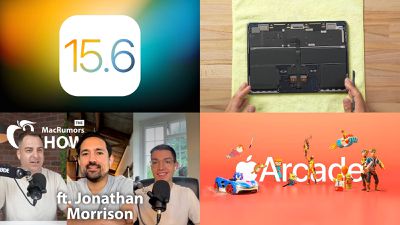
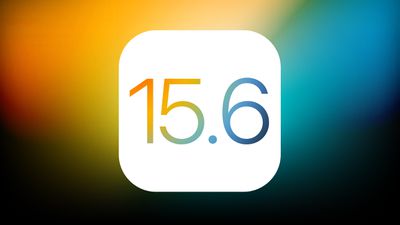
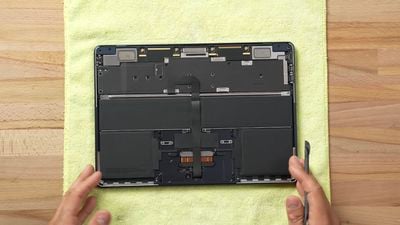
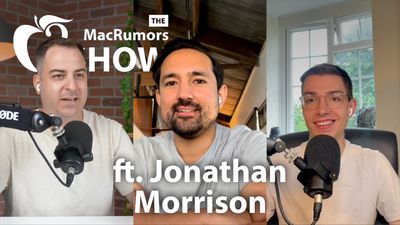
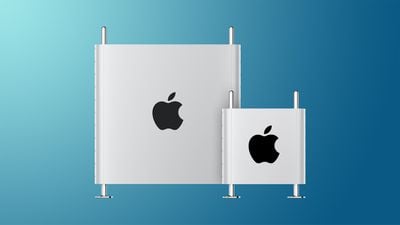
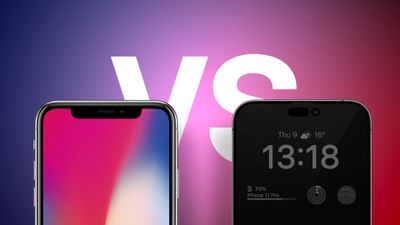
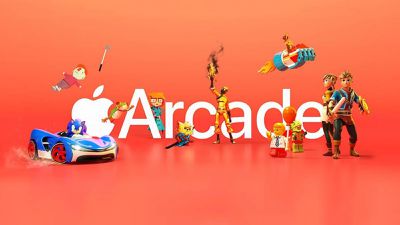
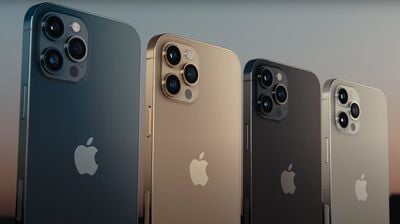
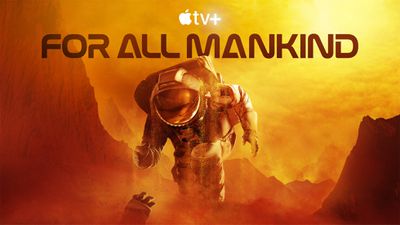





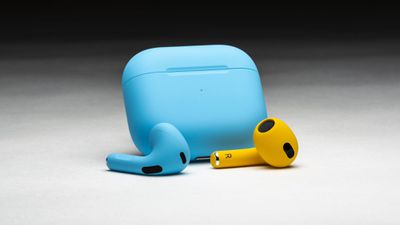

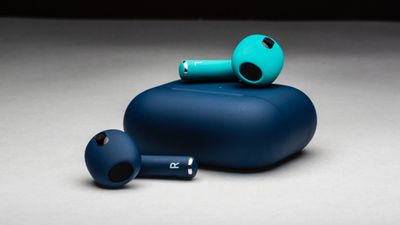
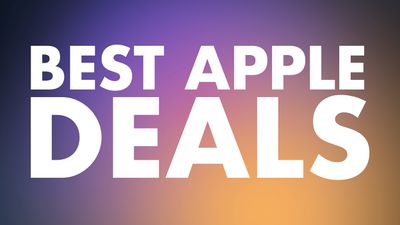 Note: MacRumors is an affiliate partner with some of these vendors. When you click a link and make a purchase, we may receive a small payment, which helps us keep the site running.
Note: MacRumors is an affiliate partner with some of these vendors. When you click a link and make a purchase, we may receive a small payment, which helps us keep the site running.